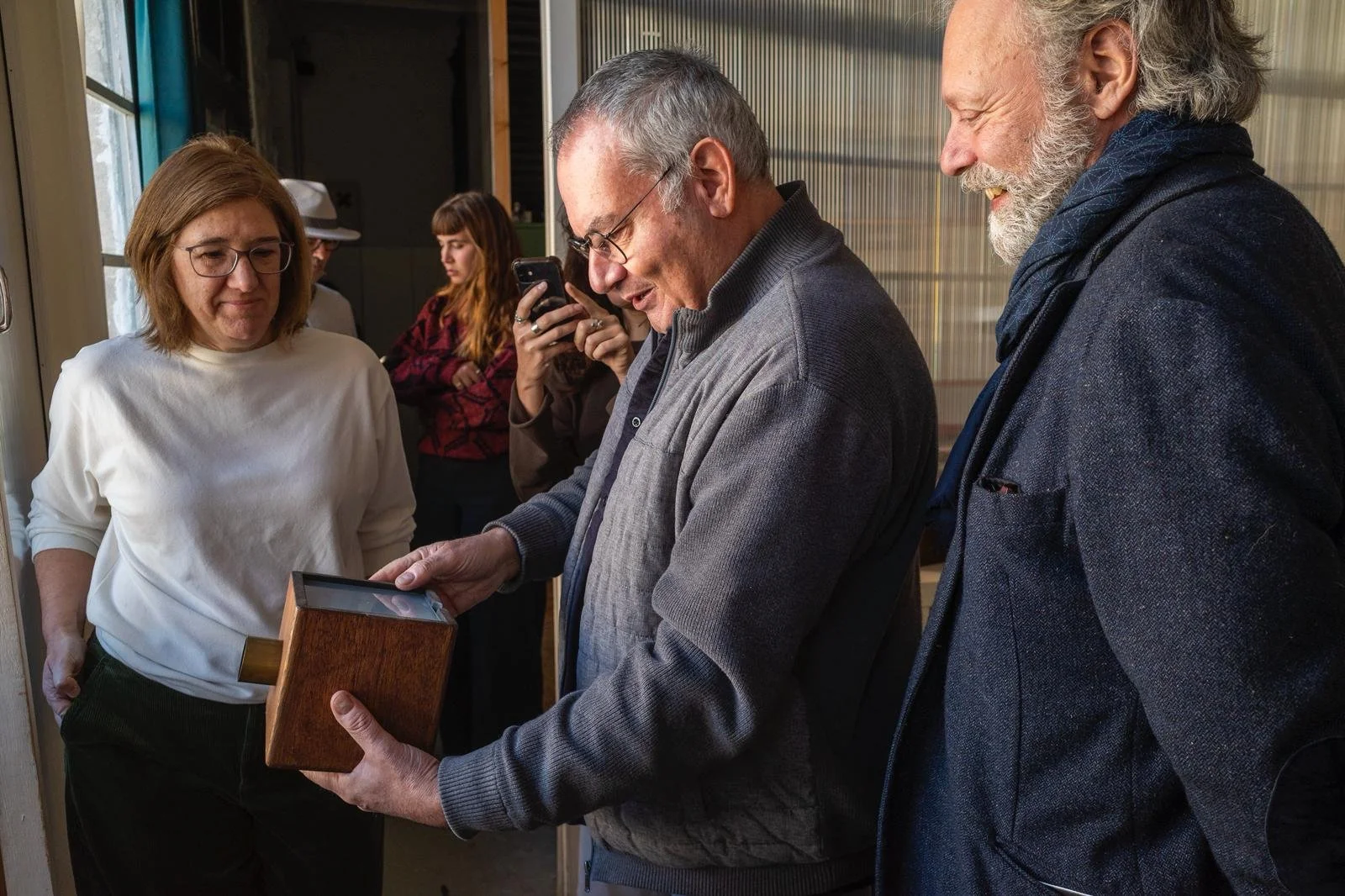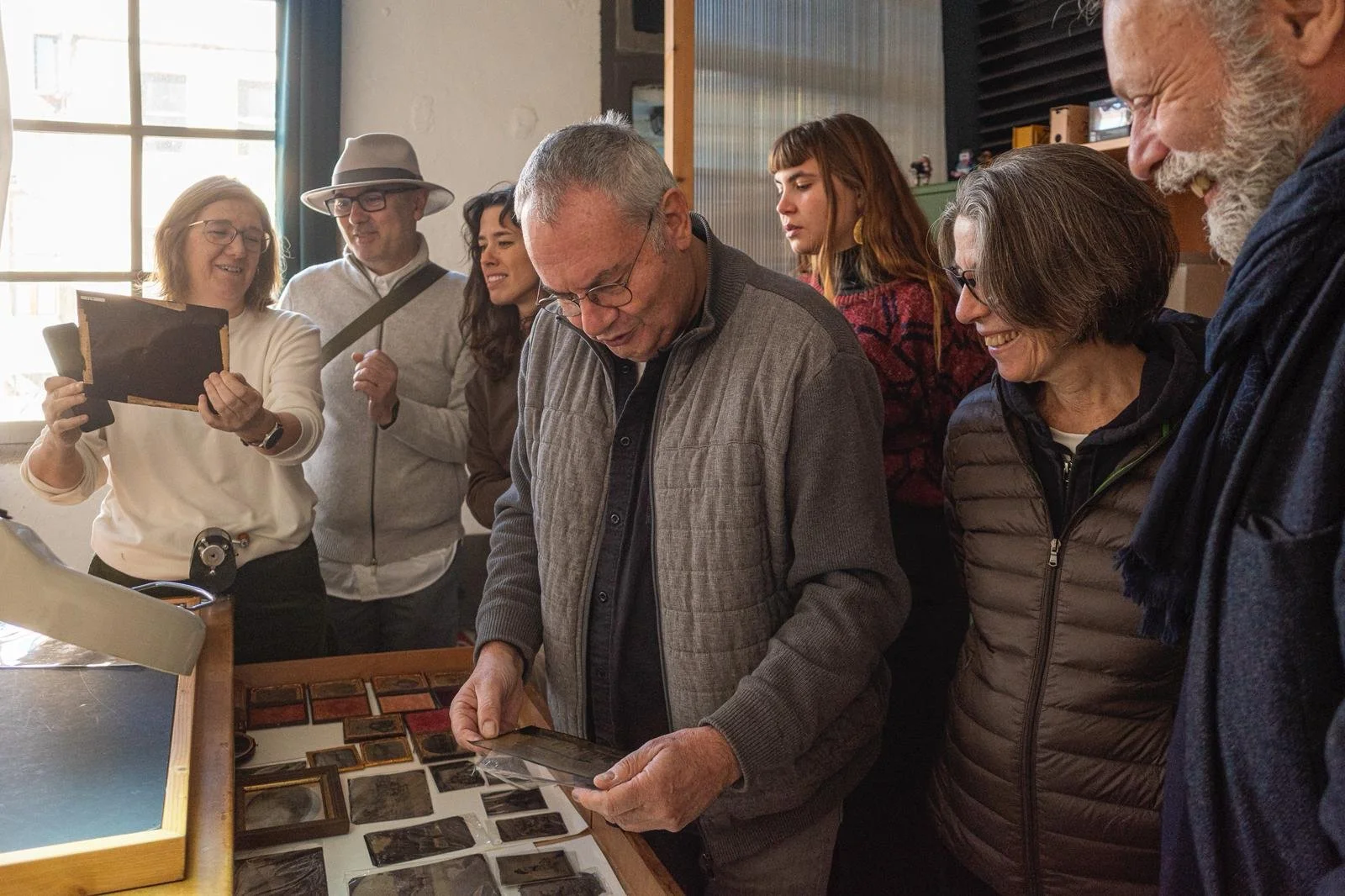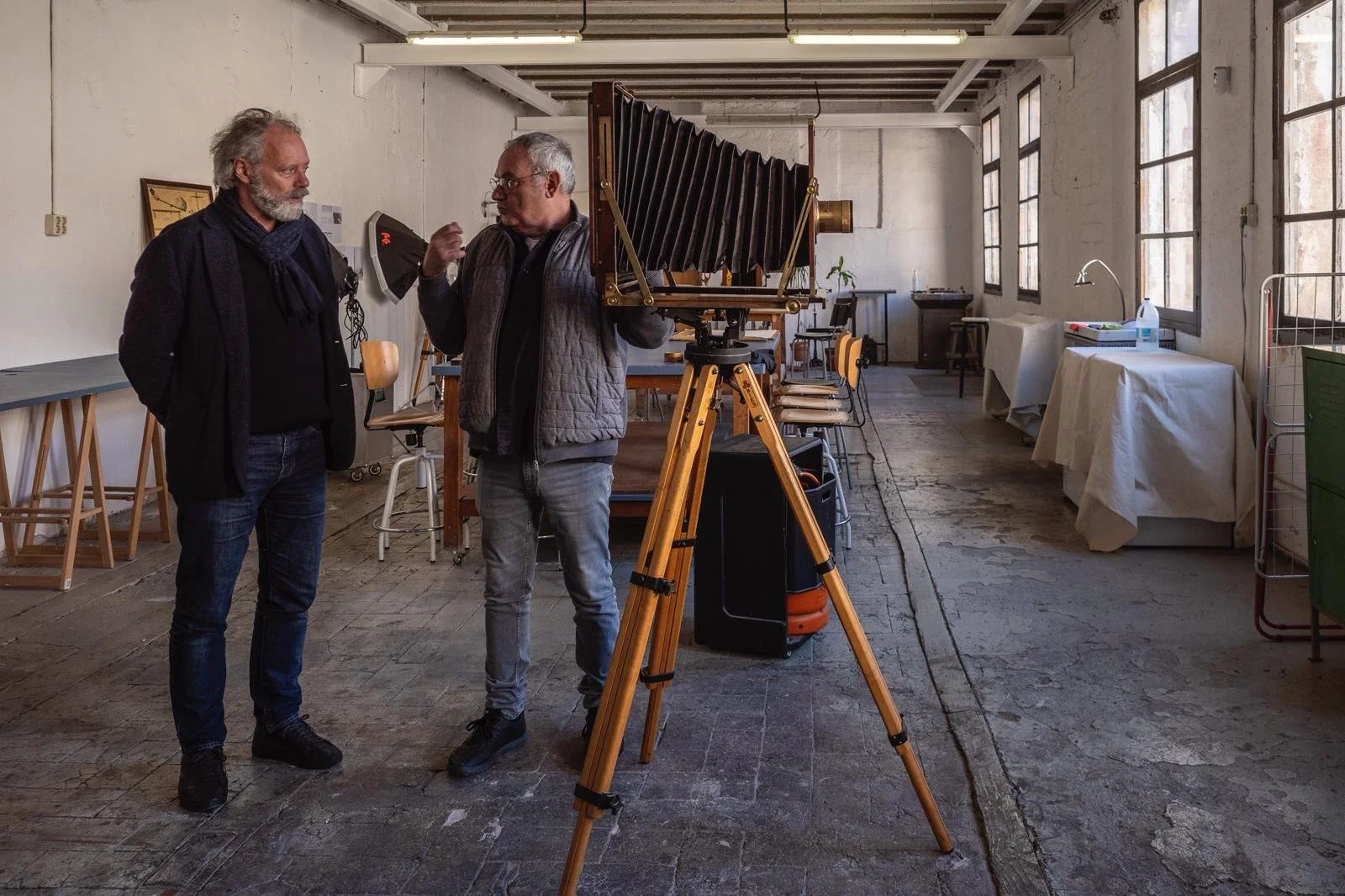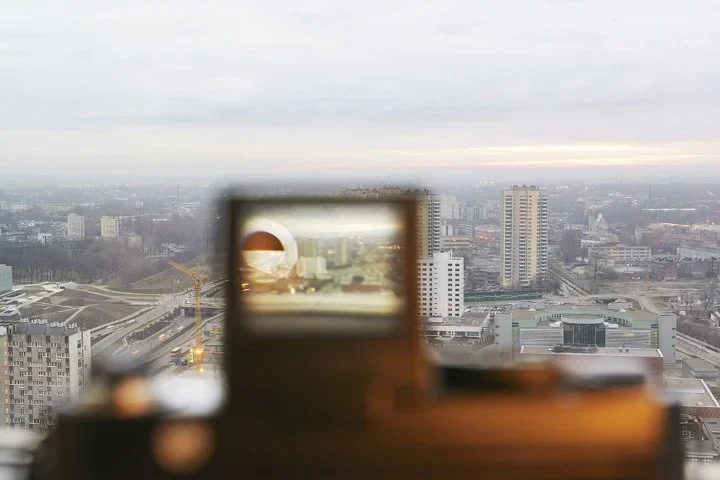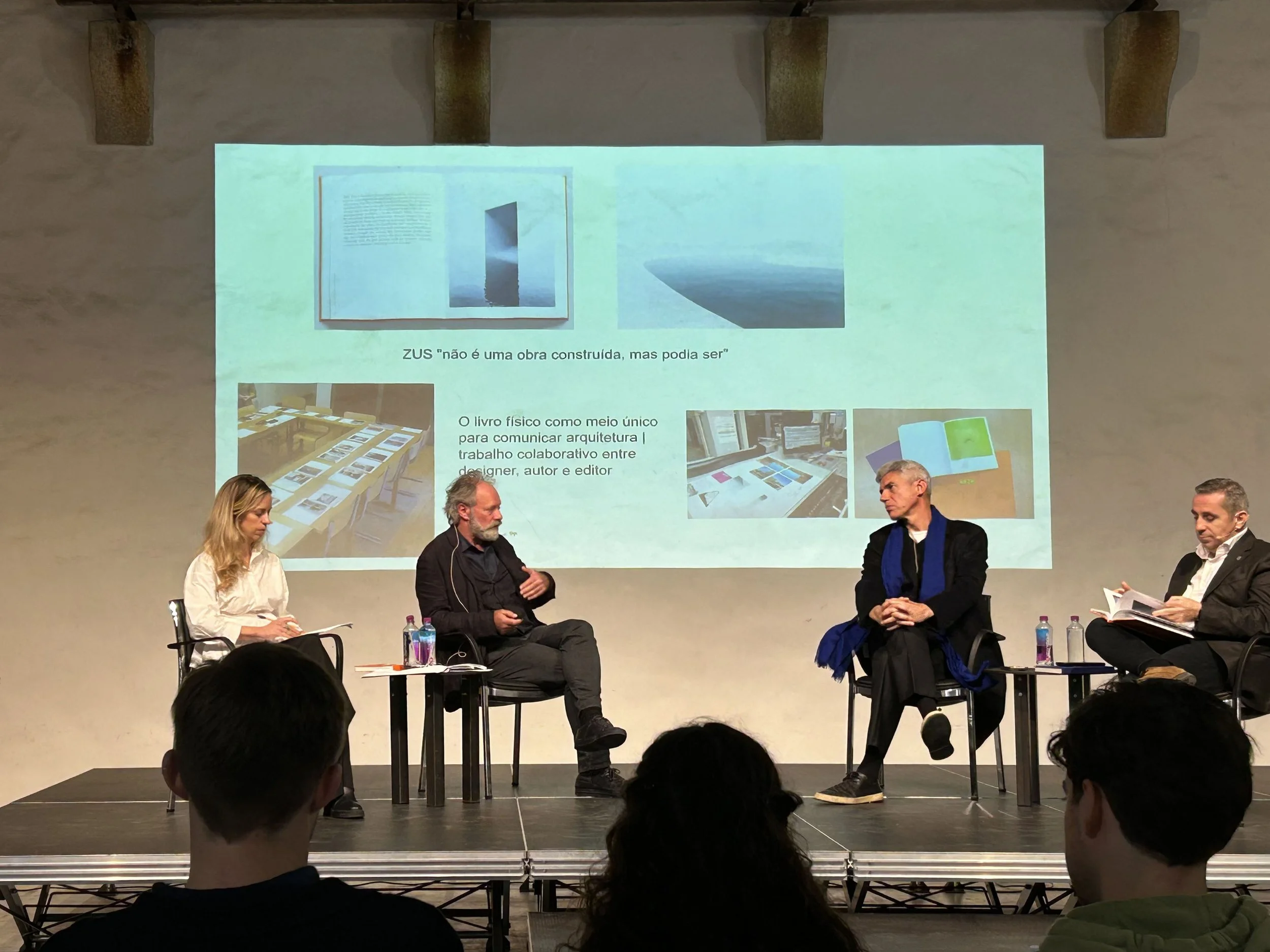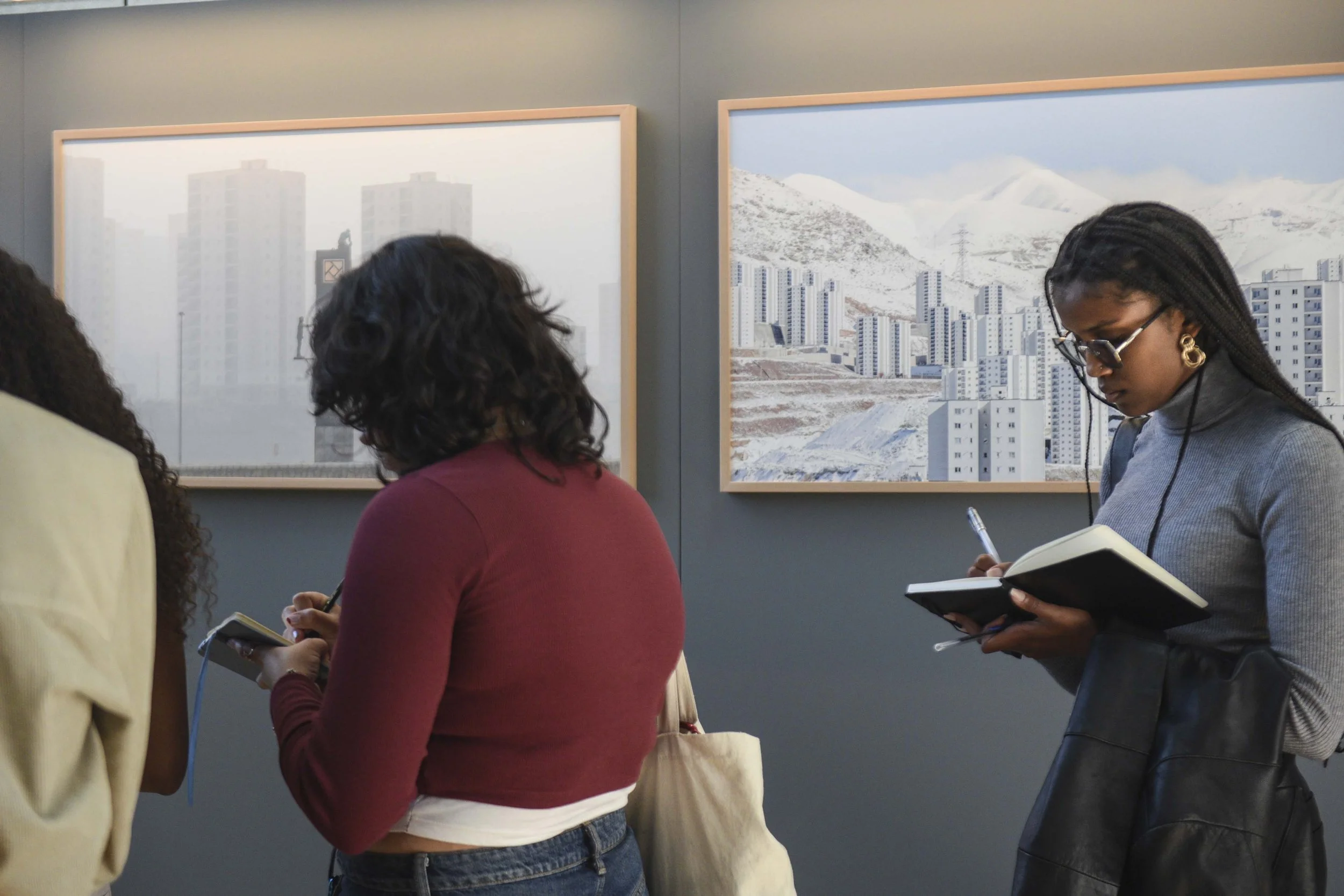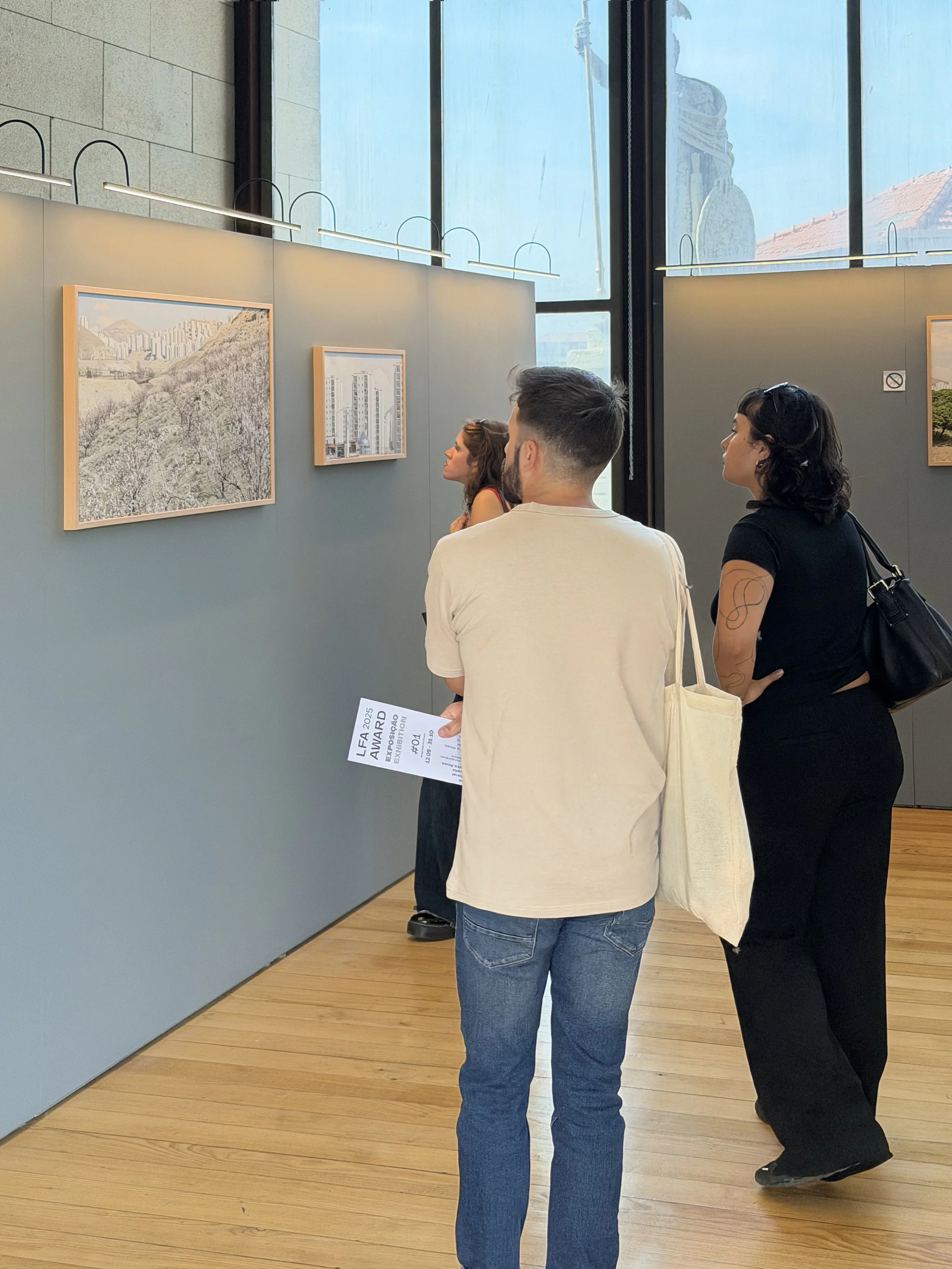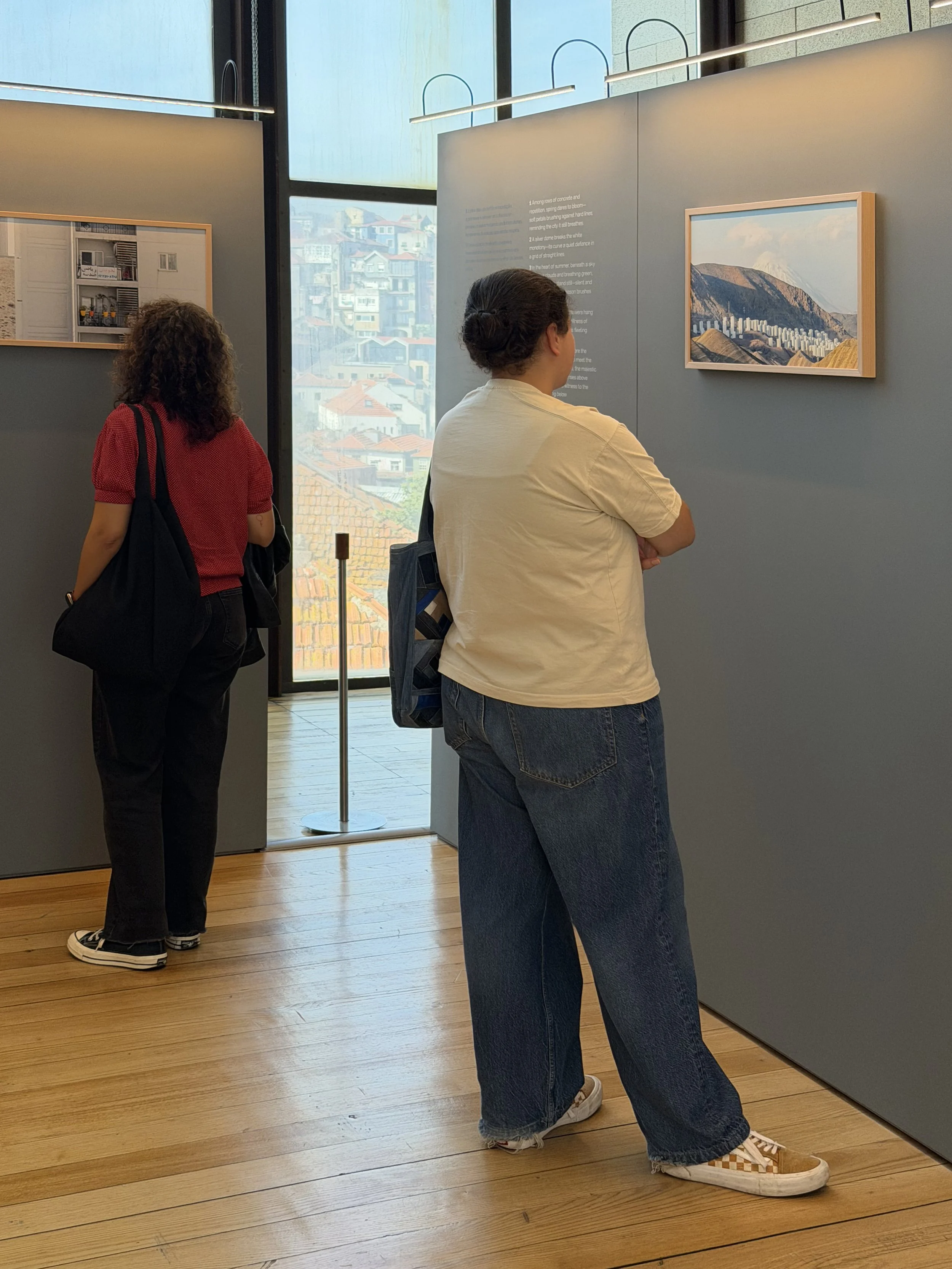CHAMADA PARA SUBMISSÕES SOPHIA Journal Vol. 11
Paisagens de Reparação - A Cidade Invisível: Manplan e Formas Contemporâneas de Reparação
Prazo limite: 31 JANEIRO de 2026
Editores Convidados: Cristina Gastón (ETSAB-UPC), Hugh Campbell (UCD)
Editores: Ana Miriam Rebelo (FAUP), Maria Neto (FAUP), Raquel Paulino (FAUP)
Prazo limite: 31 de janeiro de 2026
Os autores seleccionados serão notificados até 28 de fevereiro de 2026
Prazo de entrega dos manuscritos (Conferência): 1 de Maio de 2026
Conferência Internacional (dtbc): 26 junho 2026
Prazo de entrega dos manuscritos (Revista): 1 de outubro de 2026
Data de publicação (tbc): até dezembro de 2026
Quarto ciclo temático, Paisagens de Reparação
Sophia Journal está a receber submissões para o seu quarto ciclo temático, Paisagens de Reparação, que incentiva uma abordagem humanista à transformação urbana que transcenda considerações puramente económicas. Ao explorar os impactantes campos da fotografia, do cinema e de diversas práticas visuais, procuramos destacar os seus significativos contributos para o discurso em torno da produção arquitetónica e espacial. O nosso objetivo é chamar a atenção para a necessidade urgente de reparar o nosso planeta fragmentado. Ao fazê-lo, procuramos abordar e conectar a multiplicidade de desafios que as cidades e territórios contemporâneos de todo o mundo enfrentam. Estes meios visuais não só documentam, como também se envolvem criticamente com as diversas e complexas questões do nosso tempo, oferecendo perspetivas únicas sobre as crises urbanas e ambientais. Através desta lente, esperamos fomentar uma compreensão mais profunda e inspirar formas reparadoras de coexistência.
Estrutura da Cidade Invisível: Manplan e Formas Contemporâneas de Reparação
Mais de cinquenta anos após o lançamento da série Manplan pela Architectural Review (1969-70), muitas das questões que levantou continuam a ser extremamente relevantes. Criada num período de profunda desilusão com os fracassos da modernidade arquitetónica do pós-guerra, a Manplan tinha como objetivo expor o fosso entre as intenções do projeto e a realidade vivida. Ela desafiou os arquitetos, os planeadores e o público a confrontar as consequências sociais e políticas da tomada de decisões espaciais desta forma. O seu programa era ousado, controverso, construtivo e enraizado na crença de que a arquitetura deve ser responsável perante as necessidades humanas básicas. A fotografia e as práticas visuais podem atuar como ferramentas poderosas para revelar falhas sistémicas, desigualdades e possibilidades de mudança.
Na sua estratégia visual radicalmente centrada no ser humano, a Manplan abandonou as convenções da fotografia arquitetónica imaculada, substituindo-as por imagens granuladas e imersivas extraídas do fotojornalismo. Estas fotografias não se centraram apenas nos edifícios, mas nas pessoas e na forma como habitavam e viviam nos espaços urbanos, tornando-as os principais sujeitos das imagens.
A série fotográfica Manplan revelou um forte sentido de proximidade com a cidade. Uma necessidade de tornar visível o que antes parecia invisível, comunicando a desconexão entre os ideais de planeamento e as condições de vida, e destacando as consequências sociais da negligência urbana. Muitas destas preocupações ressoam fortemente hoje, numa época marcada pela crise climática, pela precariedade social, pela deterioração das infraestruturas e por uma tecnosfera acelerada que pesa sobre as cidades tanto a nível material como simbólico.
Manplan e as Paisagens da Reparação
Dentro do ciclo mais amplo das Paisagens da Reparação, a Sophia Journal Vol. 11 No. 1 baseia-se neste legado, perguntando:
Como podem as práticas visuais e espaciais confrontar mais uma vez as pressões invisíveis que moldam as cidades contemporâneas e como podem contribuir para actos de reparação — materiais, sociais, ecológicos — capazes de aliviar o seu peso?
Tal como a série de 1969-70 captou a Grã-Bretanha num momento de fragilidade social e de transição política, questionamos como é que as práticas visuais contemporâneas podem revelar as fracturas, os fardos e as possibilidades que definem a “cidade invisível” do Antropoceno.
Com a tecnosfera agora estimada em aproximadamente 30 biliões de toneladas — uma massa agregada que rivaliza com a biosfera — os ambientes urbanos estão sobrecarregados não só por betão, aço e emissões de carbono, mas também por intensidades menos visíveis: inércia administrativa, exaustão social, perda ecológica e formas afetivas de deslocação. A reparação, neste contexto, torna-se uma tarefa ética e imaginativa, que exige novas formas de testemunho, atenção e representação.
Call for Papers e Ensaios Visuais
Nesta chamada para artigos e ensaios visuais para o Sophia Journal Vol. 11 No. 1, convidamos submissões que revisitem, expandam ou desafiem o espírito crítico do Manplan, explorando como as práticas visuais e espaciais — particularmente através da lente da fotografia, do cinema e da arquitetura — podem atuar como instrumentos de cuidado, exposição e reparação. Os contributos podem examinar territórios instáveis, revisitar criticamente arquivos urbanos ou propor ações que procurem reparar as cicatrizes impercetíveis das cidades e paisagens contemporâneas.
Os tópicos incluem, mas não se limitam a:
• Revisitando Manplan: releituras contemporâneas da série e a sua relevância para os problemas urbanos atuais
• Visualizar a cidade invisível: estratégias fotográficas e fílmicas para tornar visíveis formas de negligência social, ecológica ou infraestrutural
• Paisagens do cuidado: práticas de manutenção, reparação, coabitação e supervisão socioecológica
• A política da representação: como a produção de imagens molda a compreensão pública das injustiças urbanas e as possibilidades de mudança
• Peso e leveza urbanos: respostas aos fardos materiais e imateriais da tecnosfera
• Coabitação humana e mais-que-humana: narrativas visuais de interdependência, vulnerabilidade e espaços e interações de resiliência
• Arquiteturas espectrais: captar as atmosferas, ausências e ruínas da vida urbana contemporânea
• Reparação especulativa: propostas criativas que confrontam as disfunções contemporâneas e perspetivam um futuro alternativo
• Narrativas visuais e espaciais: perspetivando a reparação ecológica e social em contextos urbanos e rurais
• Estruturas críticas: narrativas visuais críticas que abordam diversos problemas em diferentes culturas e disciplinas
Sobre Sophia Journal
Sophia Journal é uma revista académica de acesso aberto com arbitragem científica, publicada pelo Centro de Estudos em Arquitectura e Urbanismo (CEAU) - Grupo de investigação Arquitectura, Arte e Imagem (AAI) da Faculdade de Arquitectura da Universidade do Porto (FAUP), em colaboração com a associação Cityscopio e a sua chancela editorial scopio Editions.
Criada em 2016, a Sophia Journal publica artigos teóricos e ensaios visuais que investigam e pensam criticamente as intersecções entre a imagem e a arquitectura. Entendemos ambos os termos em sentido lato: a imagem da fotografia, pintura, desenho, cinema, video, televisão, novos media; a arquitectura enquanto paisagem, território, cidade, espacialidade e ambiente construído.
Para qualquer dúvida:
Contactar os Editores através de info.sophiajournal@arq.up.pt








